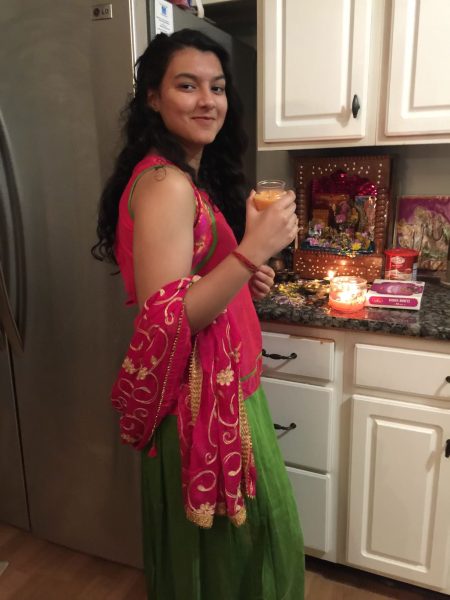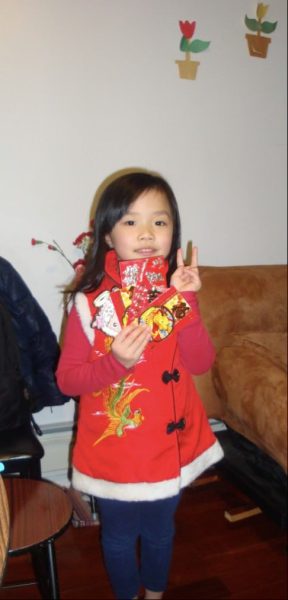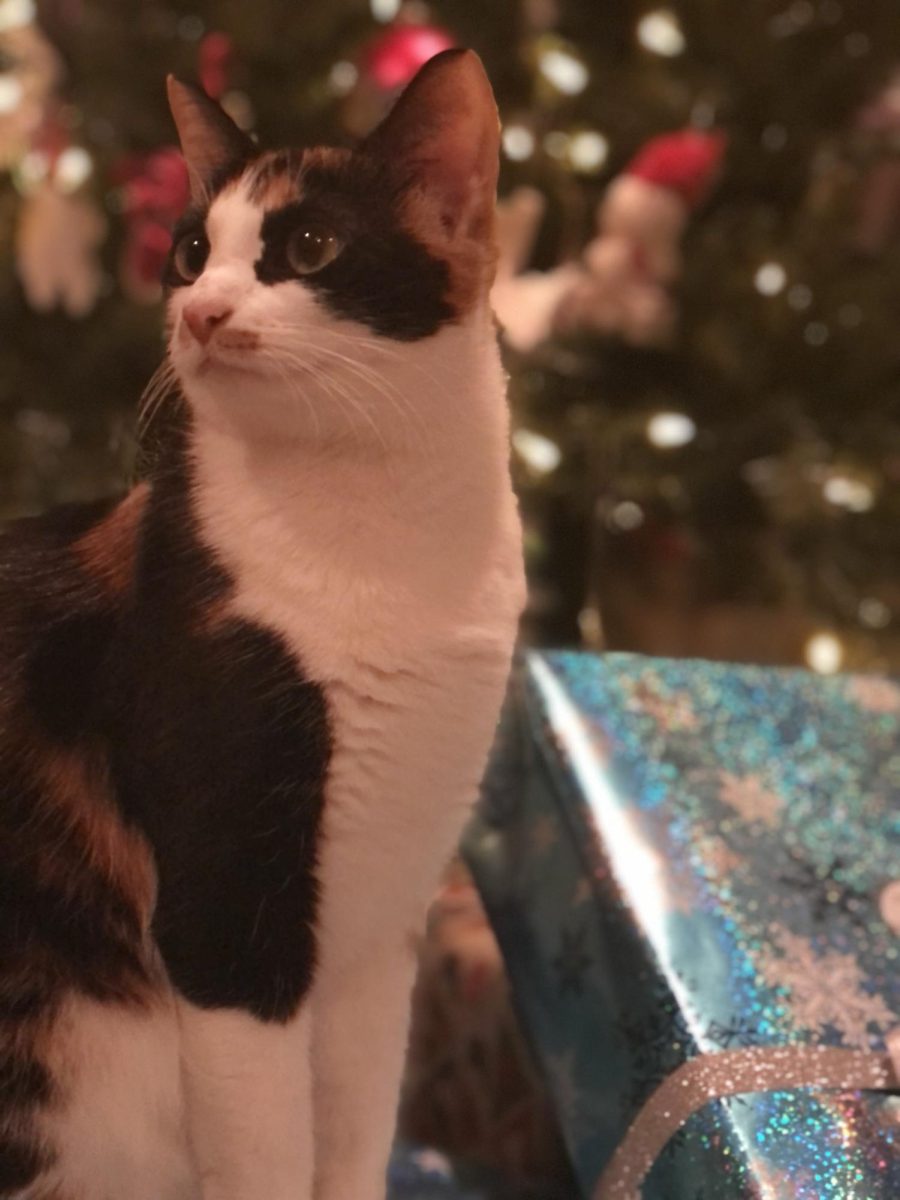Most winter holiday preparation is targeted towards those celebrating Christmas, although Hanukkah decorations are also accessible. Holidays like Yule, Diwali, and Kwanzaa get much less coverage. Kids are often taught about holidays from other cultures in elementary school, but they are rarely revisited. Here are some of the most celebrated winter holidays outside of Christmas.
Yule (Dec 21 2023 – Jan 1 2024)
Yule is the Pagan holiday that many Christmas elements originated from. Although Christmas is very commonly celebrated and takes most of its traditions from Yule, not many people know about the original holiday.
Yule is one of the oldest holidays and was started by hunters. There are many different Yule customs from all over the world, but generally the holiday is characterized by a hearty meal and joyous festivities.
Perhaps the most well-known Yule tradition is the Yule log. The log, originally a real tree burned to urge the sun to return, has turned into a chocolate dessert and sometimes a log burned in the fireplace on Christmas night.
Originating from hunters, Yule was also a time of sacrifice. Comparable to the Jewish Passover, Yule was a time to offer up animals and pray. Hunters would paint the altar with blood and even cover themselves in it. After the intense ceremony of worship, families would gather to feast and celebrate the season.
This spiritual time was also often used for oaths. Important business deals and even marriages were conducted during the Yuletide.
Diwali (Nov. 10-14 2023)

A festival celebrating the victory of light over darkness, Different religions such as Hinduism, Jainisn, and Sikhism celebrate it differently, praying to various gods. The holiday is observed over a five day period with each day characterized by its own traditions.
The first day of Diwali is known as Dhanteras, a day dedicated to welcoming the goddess of wealth Lakshmi. Families will clean their houses for the goddess and some buy small items of gold to attract her blessings.
The second day, known as Naraka Chaturdashi or Choti Diwali, is spent praying to ancestors and honoring the god of compassion and protection, Krishna. Krishna is celebrated for his destruction of the demon Narakasura, a filthy beast who tormented the gods by kidnapping their beautiful daughters.
Lakshmi Puja is the third and central day of the festival. On this day, families visit temples and pray to Lakshmi for prosperity. Families will also light candles, and diyas, oil lamps, on this day.
The fourth day, known as Goverdhan Puja, Balipratipada, or Annakut, is the start of the new year in Hindu tradition. In Hinduism, it is traditional to pray to King Bali on this day to keep him happy and keep negative energies in the world under control.
The final day of Diwalu is known as Bhai Dooj, Bhai Tika, and Bhai Bij. This day celebrates the bond between sisters and brothers, and so girls will pray for the success of their siblings.
Diwali is a holiday with a rich history and many traditions. The festival also involves dancing, fireworks and a wonderful array of foods. Suhana Sharma (senior) says that the sparklers they light and the delicious food her family makes are her favorite part of the holiday.
Hanukkah (Dec. 7-15 2023)
Hanukkah is the Jewish festival of lights celebrated in December. The holiday celebrates the Maccabees, Jewish warriors who fought to protect their religious beliefs when Antiochus IV took over their lands. In celebration of their victory, the Maccabees restored the temple of Jerusalem and burned oil at the new altar. The warriors only found a small jar of oil, one they would believe would only last a day. The oil, however, burned for eight days, inspiring the tradition of burning candles for eight nights.
Hanukkah is a joyous festival, filled with gifts and games. Although not part of the original tradition, over the years it has become common for children to receive small gifts every night of Hanukkah.
Families also often play a game with “gelt,” chocolate coins, and “dreidels,” spinning tops with four sides. Each side has a Hebrew letter on it, corresponding to different actions. The gelt is kept in a “pot” in the middle of all the players and some pieces are handed out. With every spin of the dreidel you either lose or gain gelt. The game is over once one player wins all the coins in the pot.
Each night of Hanukkah, special prayers are said during the candle lighting. The small ceremony brings families together all over the world and can be exciting for children to participate in. Emma Lutz (sophomore) said “I still remember the first time I was allowed to light the candles.” Her family comes together every year to celebrate together, giving her the opportunity to spend time with relatives she rarely sees. Emma also has the honor of singing each night’s prayers for her family.
Chinese New Year (Feb. 10-24 2024)
 Much like any celebration of a turn in the calendar year, the Chinese New Year is a celebration of saying goodbye to the old year and ushering in a prosperous new year. Families come together to celebrate and bright festivities are organized.
Much like any celebration of a turn in the calendar year, the Chinese New Year is a celebration of saying goodbye to the old year and ushering in a prosperous new year. Families come together to celebrate and bright festivities are organized.
Each new year is associated with one of the 12 animals of the Chinese zodiac. The animals are: the rat, ox, tiger, rabbit, dragon, snake, horse, goat, monkey, rooster, dog, and the pig. This year was the year of the rabbit, so the coming year will be dedicated to the dragon. Each animal is associated with certain characteristics that are applied to those born in the respective year. People born in the year of the dragon are said to be charismatic, intelligent, and naturally lucky.
The Chinese New Year is an ancient holiday dating back to the 14th century BC. The tradition comes from a story of a monster named Nian (meaning “year”). The monster attacked villages at the start of every year but was scared off by loud noises and the color red. This method now translates into the bright fireworks and red decorations associated with Chinese New Year celebrations.
Dragon dancing is a famous part of the celebration. A line of dancers moves a colorful dragon puppet through a parade, entertaining the crowds. The dragon symbolizes good fortune and power, hence why it is an important symbol of the festival.
Traditionally, people will travel as far as needed to visit their families for Chinese New Year. Although this is becoming less common, many people in China will travel thousands of miles to see their relatives. In America, families will come together in their homes or visit China Towns to join in on the large celebration. Jiarou Liao (junior) says that she enjoys traveling to New York for the New Year “where we all buy firecrackers, silly string, and other stuff and… just play around in the street.” People decorate the streets in bright red for the holiday and later, as Jiarou says, work together to clean up at the end of the festival. Jiarou also said “it’s funny to see the Chinese lion dancers throw money at people like strippers” as they parade down the streets.



